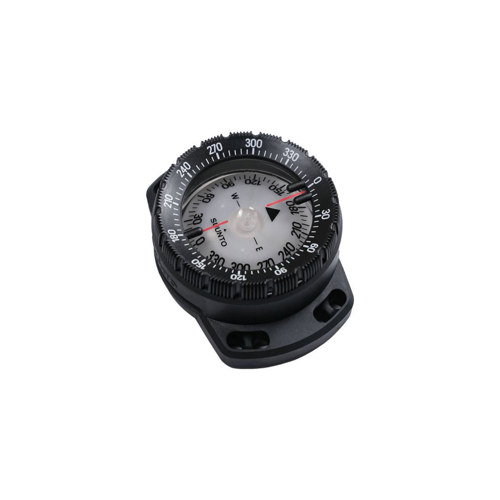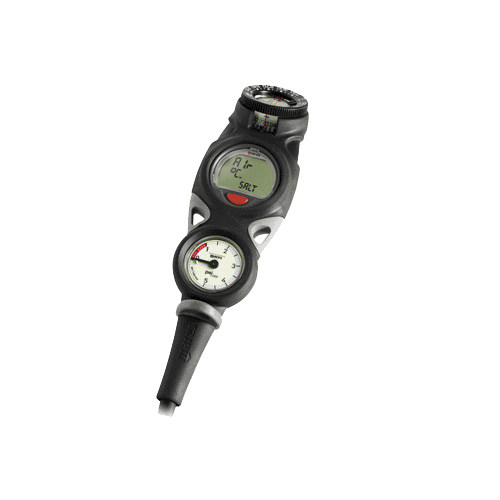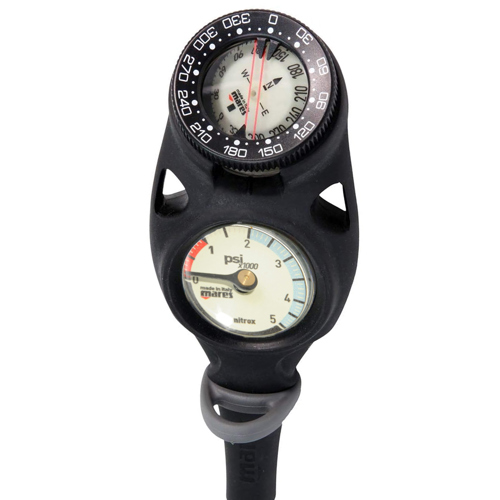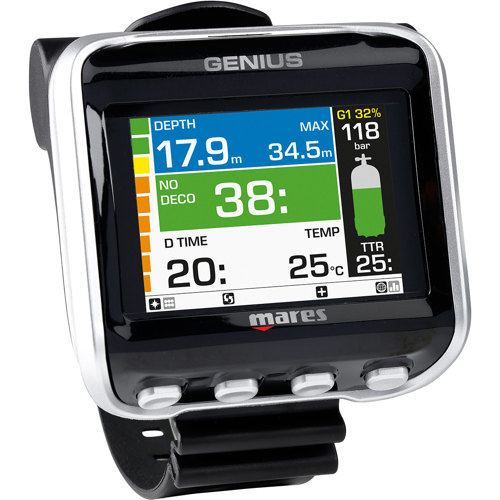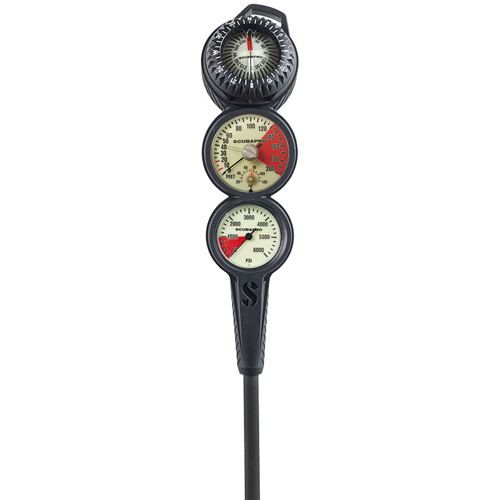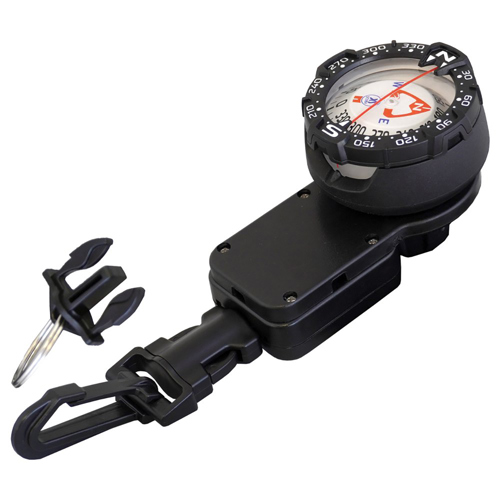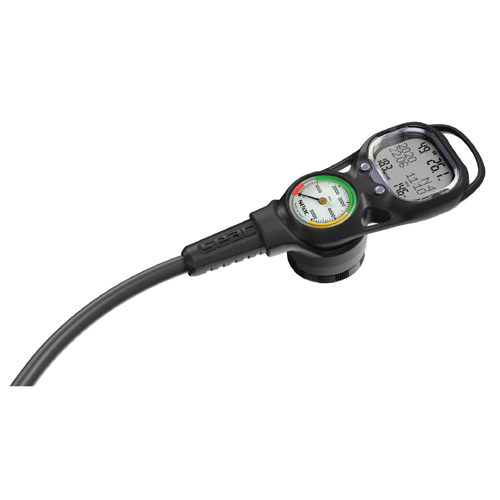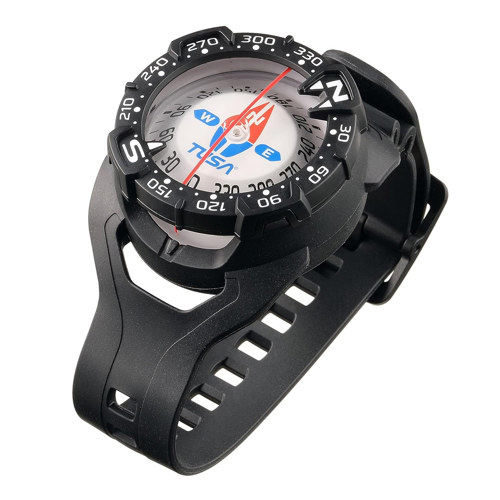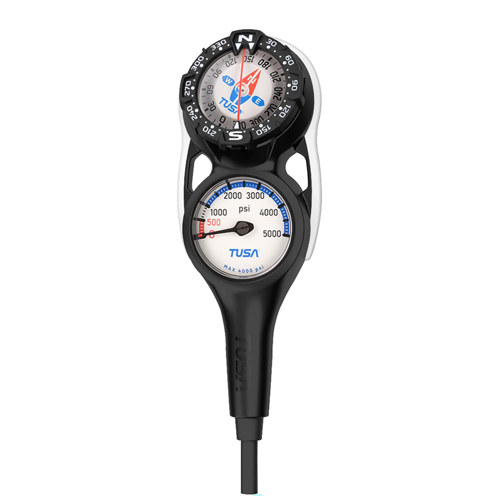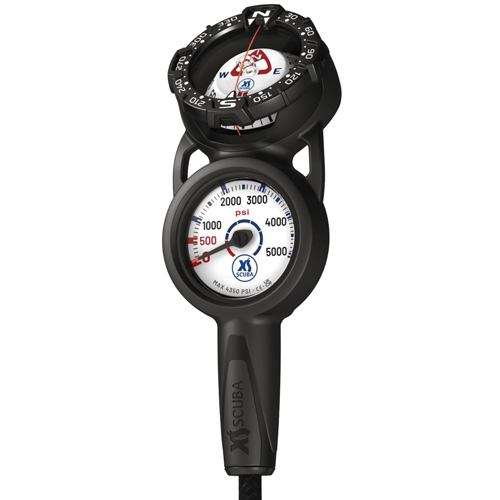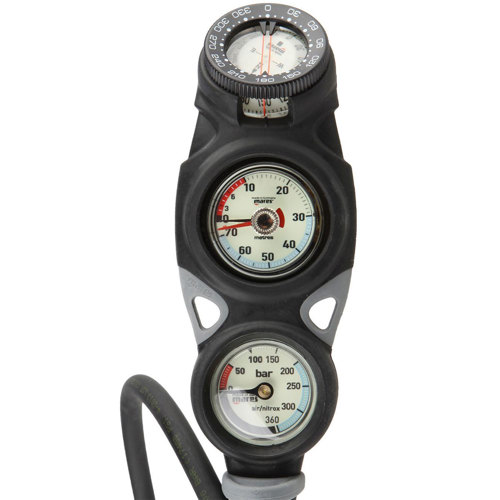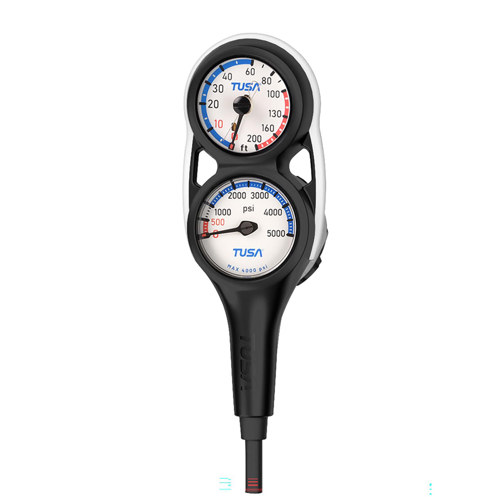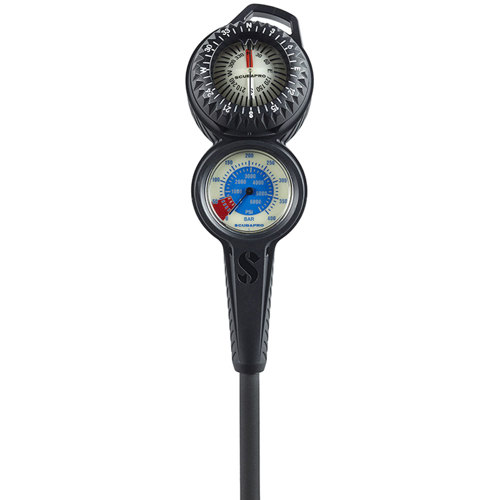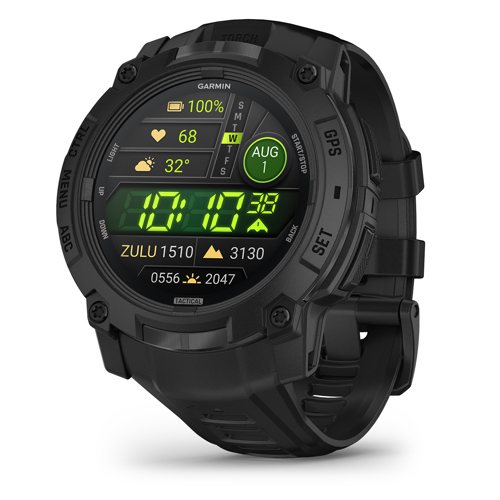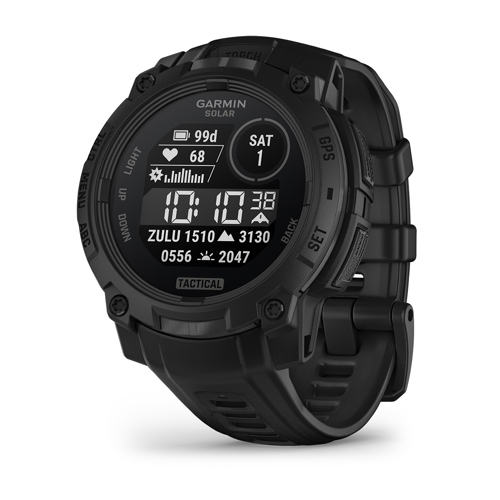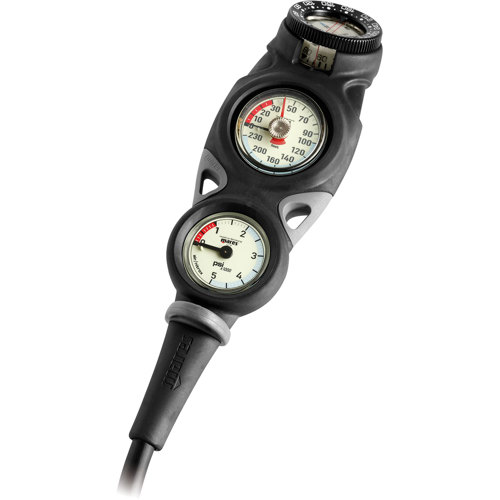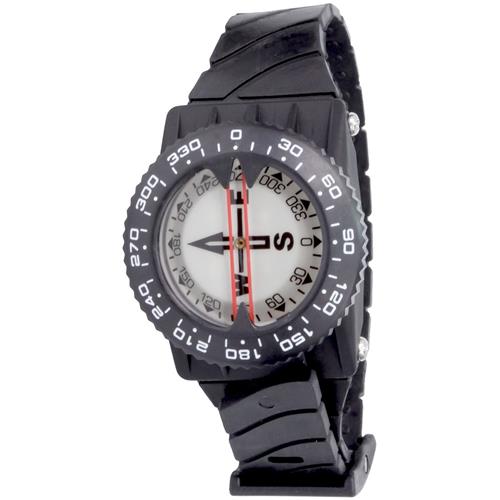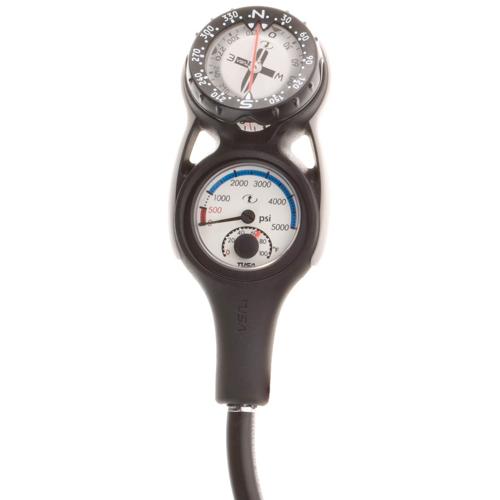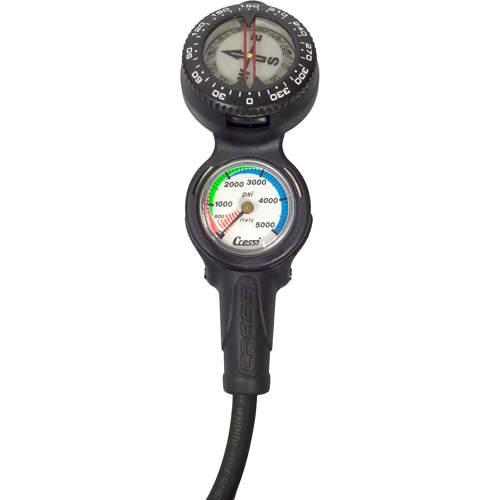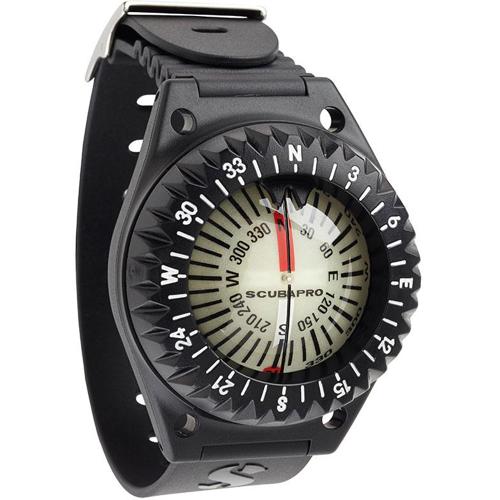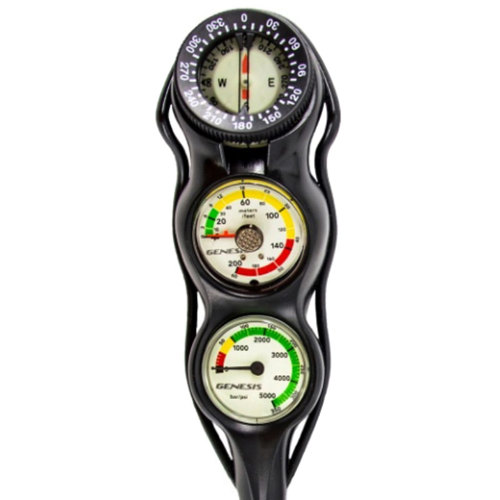Understanding compass movements is essential for anyone who spends time navigating underwater, on land, or even in the air. At its core, a compass is a marvel of simplicity and precision, relying on the Earth’s magnetic field to orient its needle toward magnetic north. This movement, subtle yet powerful, forms the foundation of navigation across countless adventures. For divers and outdoor enthusiasts, the ability to read and trust a compass is more than just a skill—it’s a lifeline. The needle, delicately balanced and magnetized, responds to the invisible lines of force that encircle our planet, settling into alignment and granting the user a steadfast sense of direction. Whether you’re exploring a coral reef in the height of summer or trekking through dense forest, the reliability of a compass’s movement is what keeps you on course, helping you chart your way through unfamiliar territory with confidence.
When selecting a compass for diving, snorkeling, or any outdoor pursuit, it’s important to consider how the movement of the needle translates to practical use in your chosen environment. The responsiveness and stability of the needle are crucial, especially underwater where visibility can be limited and conditions unpredictable. A compass with smooth, fluid movement allows for quick, accurate readings, even when you’re wearing thick gloves or managing bulky equipment. For those who enjoy gifting practical tools to loved ones, a quality compass is an excellent choice—ideal for divers, hikers, backpackers, or anyone with a spirit of exploration. The summer months, with their long days and warm waters, are perfect for introducing new adventurers to the world of navigation. Imagine teaching a friend or family member how to hold a compass steady, watching the needle swing and settle, and seeing their excitement as they master the basics of orientation. These moments create lasting memories and foster a deeper appreciation for the natural world.
Incorporating a compass into your gear setup is about more than just knowing which way is north. It’s about understanding the subtle dance between magnetism and movement, and how this interplay guides you safely from one point to another. For divers, mounting options can make a significant difference—whether you prefer a wrist, console, or retractor mount, choosing the right setup ensures your compass is always accessible and easy to read. If you’re interested in exploring different ways to secure your compass for optimal performance, the selection of
Compass Mounts offers a variety of solutions tailored to your needs. Ultimately, the magic of compass movements lies in their reliability and universality. No matter where your adventures take you, from sunlit shallows to shadowy wrecks, the gentle pivot of the needle remains a constant companion, quietly pointing the way forward.
Top Picks For Compass Movements

